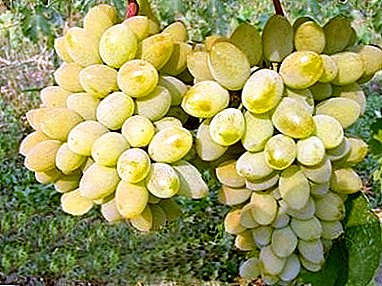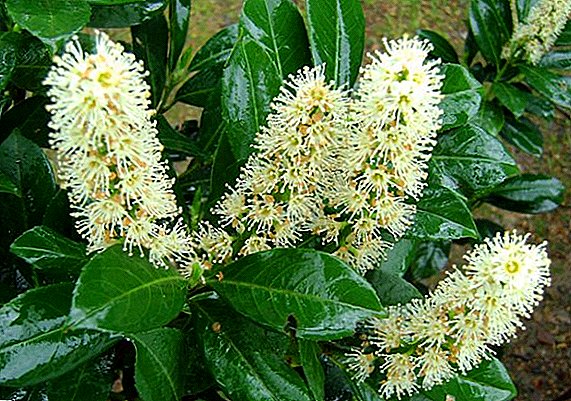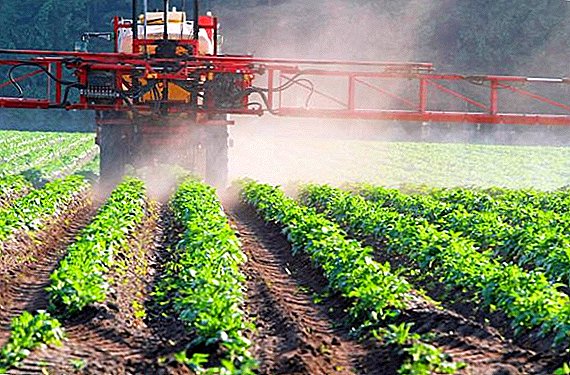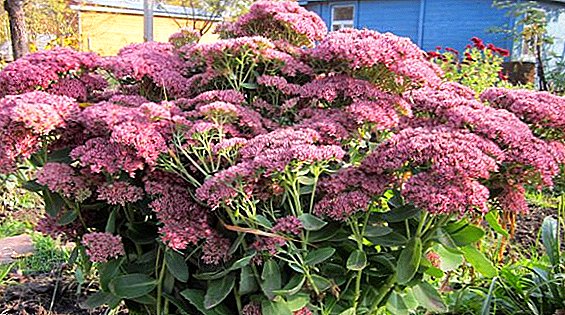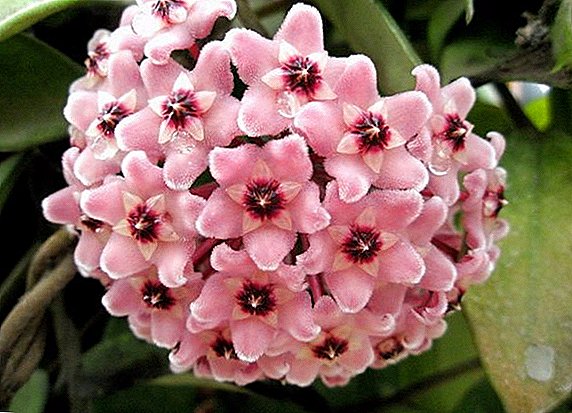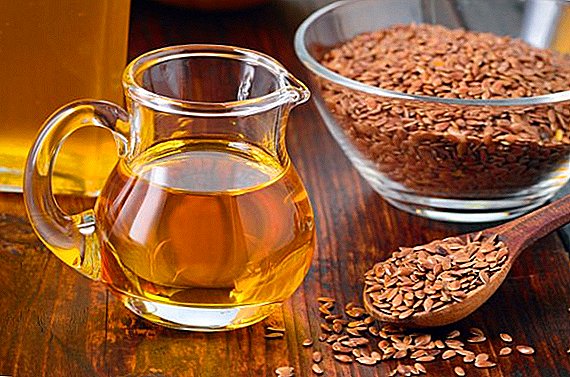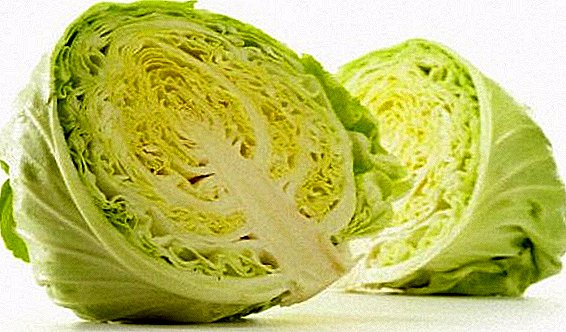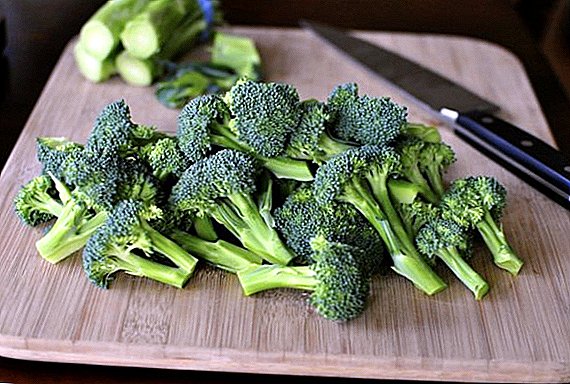 Green vegetables have many positive characteristics. They are recommended to use nutritionists for weight loss, as well as for the treatment of many diseases. In addition, the green color has a beneficial effect on the human psyche and helps to combat stress. That is why green vegetables are gaining increasing popularity every day. Let's get acquainted with the ten most useful representatives of the green vegetable world.
Green vegetables have many positive characteristics. They are recommended to use nutritionists for weight loss, as well as for the treatment of many diseases. In addition, the green color has a beneficial effect on the human psyche and helps to combat stress. That is why green vegetables are gaining increasing popularity every day. Let's get acquainted with the ten most useful representatives of the green vegetable world.
Cucumber
According to the botanical description, the cucumber is a berry with juicy pulp inside. The fruits belong to the genus of pumpkin plants that look like a cylinder. The color of cucumbers can be both lime, and dark green, depending on the variety. Vegetables have been grown for more than 6 thousand years worldwide. India is considered the birthplace of cucumber.
Check out the most unusual and most fruitful varieties of cucumbers.
 The composition includes the following substances:
The composition includes the following substances:
- water (up to 95%);
- vitamin A;
- B vitamins;
- vitamin C;
- magnesium;
- zinc;
- iron;
- folic acid;
- cellulose.
Important! Cucumber is one of the most suitable products for weight loss. 100 grams of vegetables contain only 15 Kcal, but at the same time there is a large amount of vitamins and useful elements.
 The most popular diets are based on the introduction of cucumbers into the diet - they promptly make the body slim without harm to health.
The most popular diets are based on the introduction of cucumbers into the diet - they promptly make the body slim without harm to health.Spinach
Amaranth plant, spinach, was first discovered in Persia in the 6th century. Today it is widely used in kitchens all over the world and is grown on farms as a vegetable. It can reach a height of 30 cm, in width - up to 15 cm. Spinach leaves of all shades of green are oval or triangular in shape.  The composition of spinach includes:
The composition of spinach includes:
- Vitamin A, C, E;
- iron;
- magnesium;
- antioxidants;
- calcium;
- selenium;
- iodine.
It is interesting to find out how useful spinach is, how to choose the best variety and grow spinach on a windowsill; how to prepare spinach leaves for the winter.
Among the useful properties are the following:
- protection of the body against the appearance of cancer cells;
- stimulation of the cardiovascular system;
- improvement of the stomach and constipation;
- anti-inflammatory effect;
- opposition to arthritis, osteoporosis;
- preventing vision loss and cataracts;
- providing the body with energy.

Did you know? The best advertisement for spinach was made by the cartoon hero Papay - a sailor who had extra power from spinach.
Asparagus
Asparagus (asparagus) has more than 200 species, of which only a few are edible. This perennial plant looks like a Christmas tree - a long stalk is dotted with small leaves in the form of needles on all sides. Eat mainly shoots up to 20 cm in length and not more than two centimeters in thickness. Neutral taste characteristics of the fruit provide an excellent opportunity to combine it with more intense aroma products.  Green, purple and white asparagus are distinguished by color. Green is the most common, it contains the most useful elements and surpasses the rest in taste.
Green, purple and white asparagus are distinguished by color. Green is the most common, it contains the most useful elements and surpasses the rest in taste.
Take a closer look at the beneficial properties of asparagus for humans.
Green Asparagus Composition:
- vitamins A, B, C, E;
- magnesium;
- zinc;
- iron;
- calcium;
- cellulose.
 The antiviral effect of the plant increases immunity, helps fight fungal infections, and also has a choleretic effect. Asparagus is highly valued by nutritionists and athletes. With its help it is easy to lose weight and get rid of cellulite. The product goes well with a strawberry diet in summer.
The antiviral effect of the plant increases immunity, helps fight fungal infections, and also has a choleretic effect. Asparagus is highly valued by nutritionists and athletes. With its help it is easy to lose weight and get rid of cellulite. The product goes well with a strawberry diet in summer.Green pea
Green peas belong to the genus of legumes, grows in oblong pods, has a rounded shape and a bright green color. Ripe peas taste sweetish and juicy. India is considered the birthplace of peas, where it has been grown for more than 5 thousand years. 
Did you know? With the help of green peas in 1984 a world record was set: the Englishwoman Janet Harris ate 7175 beans with chopsticks in one hour.
By the presence of nutrients, these fruits can give odds to any vegetable:
- beta carotene;
- retinol;
- niacin;
- riboflavin;
- pantothenic and ascorbic acid;
- pyridoxine;
- zinc;
- calcium;
- iron;
- magnesium.
The best recipes for green peas for the winter at home.
 The usefulness of this product for the body is as follows:
The usefulness of this product for the body is as follows:- strengthening bone and joints;
- improvement of metabolism;
- increased blood coagulation;
- normalization of the nervous system;
- muscle strengthening;
- increase disease resistance.
Brussels sprouts
Brussels sprouts got its name due to the Belgian gardeners, who bred this variety from ordinary kale. In the first year of life, a two-year-old vegetable grows in a stem up to 60 cm. Greenish leaves are 15-30 cm long. In their sinuses, cabbages are the size of a walnut. One stem can produce about 30-35 of these fruits. In the second year, the culture blooms and produces seeds.  Today, this variety of cabbage is grown in Western European countries, Canada and in most US states.
Today, this variety of cabbage is grown in Western European countries, Canada and in most US states.
Caloric value of the product is 42 Kcal per 100 grams.
The composition of this low-calorie vegetable contains such beneficial substances:
- potassium;
- phosphorus;
- iron;
- cellulose;
- vitamins of group B, A and C.
With regular addition of Brussels sprouts to the diet, you can significantly reduce the risk of cancer and heart disease. Useful vegetable for pregnant women. Its constituent components have a beneficial effect on the development of the unborn child and exclude the possibility of various defects. At the same time, unlike other types of cabbage, does not cause constipation and increased gas formation.
Useful vegetable for pregnant women. Its constituent components have a beneficial effect on the development of the unborn child and exclude the possibility of various defects. At the same time, unlike other types of cabbage, does not cause constipation and increased gas formation.
Find out what is harmful and how useful Brussels sprouts are.
Broccoli
Broccoli is a variety of garden cabbage. Its stem can grow up to 80-90 cm and form a bud with a diameter of up to 15 cm above. The color of the fruit is dark green. Inflorescences tightly fit one another, stand out with an unusual aroma and spicy taste. This variety was bred in the south of Italy in the 5th century BC. er Now the leaders in the harvest are India and China. Every 100 grams of product contains 28 Kcal.
Every 100 grams of product contains 28 Kcal.
This type of cabbage is a valuable set of vitamin-mineral complex. In the composition you can find:
- ascorbic acid (up to 900% of the daily norm);
- vitamin K (700%);
- folic acid (100%);
- calcium (30%);
- iron (25%);
- phosphorus (40%);
- potassium (50%).
Broccoli has such an effect on the human body:
- bowel cleansing;
- excretion of excess salts from the body;
- increase heart health;
- cleansing blood vessels from cholesterol, increasing their elasticity;
- cancer prevention.
 Broccoli is ideal for dieting with the purpose of losing weight. It is part of a variety of diets as a valuable vitamin product. Even if you do not adhere to strict nutritional restrictions, but simply enter the vegetable into your daily diet as a side dish, you can easily get rid of a couple of extra pounds.
Broccoli is ideal for dieting with the purpose of losing weight. It is part of a variety of diets as a valuable vitamin product. Even if you do not adhere to strict nutritional restrictions, but simply enter the vegetable into your daily diet as a side dish, you can easily get rid of a couple of extra pounds.The best recipes blanks for the winter of broccoli.
Lettuce
The lettuce salad belongs to the Astrov family. The plant consists of heads made of leaves of light green color. In some cases, the stem can grow up to 1 meter. Lettuce is mainly used in salads and snacks. Vegetable is the best suited for a diet: 100 grams of leaves contain only 15 Kcal. Of these: proteins - 1.3 g, fats - 0.15 g, carbohydrates - 2.9 g, water - 95 g
In the composition of the lettuce can detect such components:
- fatty acid;
- vitamins A, PP, K, group B;
- sodium;
- iron;
- magnesium;
- potassium;
- calcium.

Healthy lettuce can be grown not only in the open field, but also at home on the windowsill.If the metabolism is disturbed, this type of salad will be the best way to restore it. In addition, lettuce perfectly tones the body, relieves fatigue, stress, normalizes the activity of the nervous system. Adding to the diet of this plant, you can clear the body of toxins, get rid of excess weight and improve blood circulation.
Celery
Vegetable culture celery belongs to the umbrella plants with a massive tuber and succulent shoots. Stems can grow up to 1 meter under favorable conditions with high humidity. The leaves, painted in a rich green color, in their form resemble parsley. Celery stalks consist of dense pulp with a pungent smell and unusual spicy taste.
Celery stalks consist of dense pulp with a pungent smell and unusual spicy taste.
Did you know? In ancient Greece, they believed that celery brings good luck, so it was hung in dwellings paired with onions or garlic.
The composition of the vegetable includes nutrients that can beneficially affect the work of the kidneys. An important function of this culture is the ability to destroy intestinal bacteria. Fibers of the product normalize digestive activity, removing inflammatory processes.
In addition, the vegetable brings such benefits:
- energizing, increasing work capacity;
- stimulates mental activity;
- lowers cholesterol;
- improves health with diabetes.
 When using celery in large quantities, you should consider the fact that it is rich in essential oils. They can cause allergies, as well as aggravate urolithiasis.
When using celery in large quantities, you should consider the fact that it is rich in essential oils. They can cause allergies, as well as aggravate urolithiasis.Low calorie celery - only 12 Kcal per 100 grams - prevents the accumulation of fat reserves. Therefore, for weight loss, many people choose a diet with this component.
Onion Schnitt
Perennial spring onion schnitt appears one of the first. The plant blooms with purple flowers in the shape of umbrellas. Spherical bulbs grow up to 1 cm in diameter, and the stem can reach 50 cm in height. The leaves are bright green, smooth, fistula, usually 3-5 mm wide at the base. Yarns of chives are massively harvested in Russia, China and Italy.  The composition of onion feathers include such vitamins and chemicals:
The composition of onion feathers include such vitamins and chemicals:
- choline;
- vitamin C;
- beta carotene;
- vitamins of group B, K;
- sodium;
- iron;
- potassium;
- calcium;
- selenium.
Use of chive:
- immunity strengthening;
- body recovery with hypovitaminosis;
- increased appetite.
 This product is widely used in cooking, it perfectly complements the taste of many dishes, suitable for cutting salads and dressing sauces.
This product is widely used in cooking, it perfectly complements the taste of many dishes, suitable for cutting salads and dressing sauces.Green pepper
Green pepper belongs to the genus Solanaceae annual plants. Widespread in the southern regions of Europe: Italy, Greece, Spain. Fruits in the form of hollow berries by weight can reach 200 grams. Calories: 100 grams 34 Kcal (mostly carbohydrates).
Green pepper contains a huge supply of nutrients:
- a set of vitamins A, B, C, E, K, PP;
- potassium;
- magnesium;
- iron;
- essential oils.
Important! For the presence of vitamin C, this product is one of the first places. A total of 2 fruits may contain a daily amount of the substance.
 Eating this product provides:
Eating this product provides:- improvement of the stomach;
- normalization of high blood pressure;
- blood thinning;
- reduced sugar.



